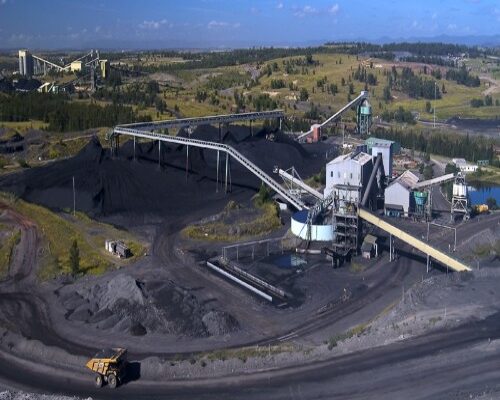What is Clean Coal Technology?
Modernizing coal for a cleaner energy future
As concerns grow about climate change and local air pollution, coal-fired power plants have come under increased scrutiny. However, coal remains an abundant and affordable energy source that currently supplies over a third of the world’s electricity. Clean coal technologies aim to address these environmental issues by significantly reducing or capturing carbon dioxide and other emissions from coal combustion.
Clean Coal Technology have been developed or are under development that can help ‘clean’ coal and make it a more sustainable fuel for power generation. Some of the major clean coal technologies include:
Supercritical and Ultra-supercritical Coal Combustion
Newer coal plants are firing coal at higher pressures and temperatures using supercritical or ultra-supercritical steam cycles. This improves the thermal efficiency of coal combustion, reducing the amount of coal needed to generate the same amount of power. More efficient plants also emit less carbon dioxide per unit of electricity generated. Supercritical technology is commercially available today while ultra-supercritical plants promise even higher efficiencies.
Coal Gasification
Gasification converts coal into a clean-burning synthetic gas (syngas) in a high-temperature, oxygen-limited environment. The syngas can then be used to fuel gas turbines for power generation or converted into transport fuels like gasoline. Integrated gasification combined cycle (IGCC) power plants allow syngas to be burned more cleanly and efficiently than conventional pulverized coal plants. Gasification also facilitates carbon capture.
Carbon Capture and Storage (CCS)
To significantly reduce CO2 emissions, technologies are being developed to capture carbon dioxide (CO2) from large point sources like power plants. The captured CO2 can then be compressed and transported to suitable storage sites, usually deep underground geological formations. When coupled with coal gasification or oxy-fuel combustion, CCS has the potential to make coal-fired power virtually carbon-neutral. Large-scale CCS demonstration projects are currently underway.
Flue Gas Desulfurization
Sulfur dioxide (SO2) emissions from coal combustion contribute to acid rain. Flue gas desulfurization (FGD) systems, also known as scrubbers, wash sulfur oxides out of flue gases before they exit the power plant stack. Limestone scrubbing is a commonly used FGD method that removes over 90% of SO2 from flue gases. FGD dramatically reduced SO2 emissions from coal plants.
Particulate Controls
Finely pulverized ash particles in flue gases are controlled using technologies like electrostatic precipitators and baghouses that utilize electric charges or fabric filters to remove over 99% of particulate matter from flue gases. When coupled with low-NOx burner designs, particulate controls play a major role in meeting stringent emission limits.
Clean coal technologies have made coal a relatively cleaner fuel but also more expensive. However, with continued technology progress and carbon pricing that internalizes environmental costs, cleaner coal may enable a continued role for coal in the global energy mix – improving plant efficiencies, emissions performance and reducing carbon footprint to address both climate change and local pollution concerns associated with coal combustion. While renewables and other low-carbon alternatives will grow substantially, clean coal technologies will help ensure a smoother transition away from traditional coal plants. Overall, clean coal aims to extend coal usage compatible with climate protection goals. With proper policies and investments, it has the potential to allow coal to coexist with environmental sustainability.
Get more insights on, Clean Coal Technology
Get This Report in Japanese Language: クリーン・コール・テクノロジー
Get This Report in Korean Language: 청정 석탄 기술
About Author:
Priya Pandey is a dynamic and passionate editor with over three years of expertise in content editing and proofreading. Holding a bachelor’s degree in biotechnology, Priya has a knack for making the content engaging. Her diverse portfolio includes editing documents across different industries, including food and beverages, information and technology, healthcare, chemical and materials, etc. Priya’s meticulous attention to detail and commitment to excellence make her an invaluable asset in the world of content creation and refinement. (LinkedIn- https://www.linkedin.com/in/priya-pandey-8417a8173/)
